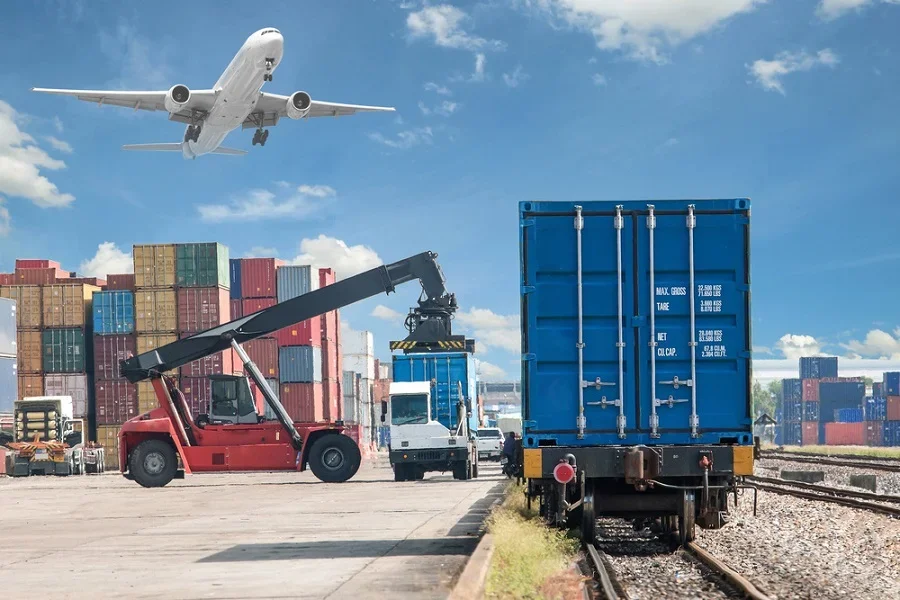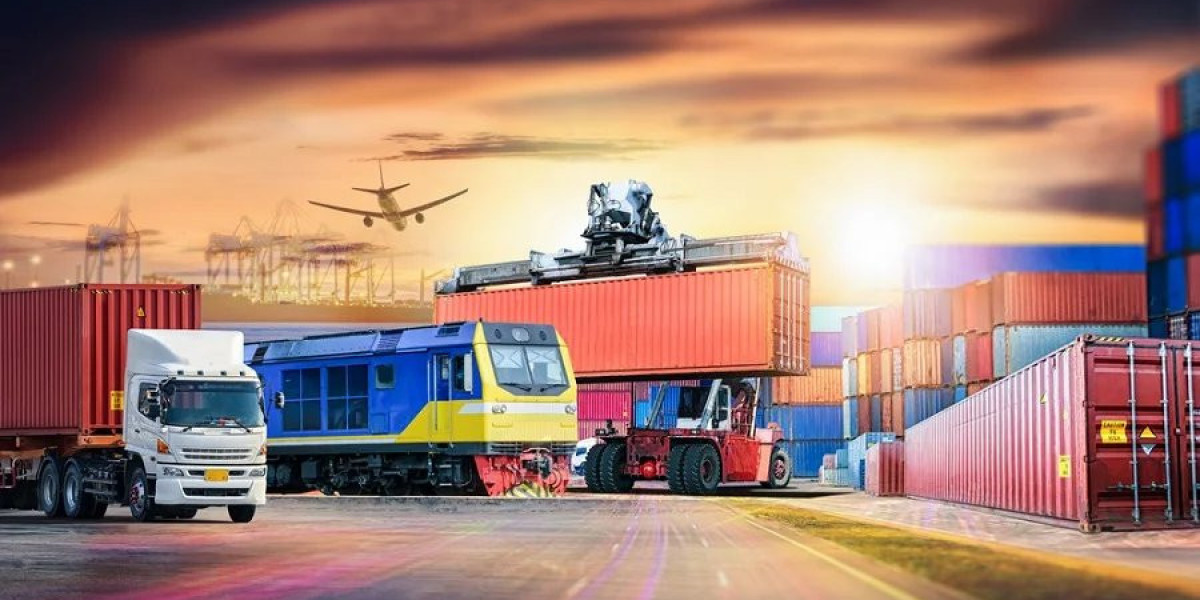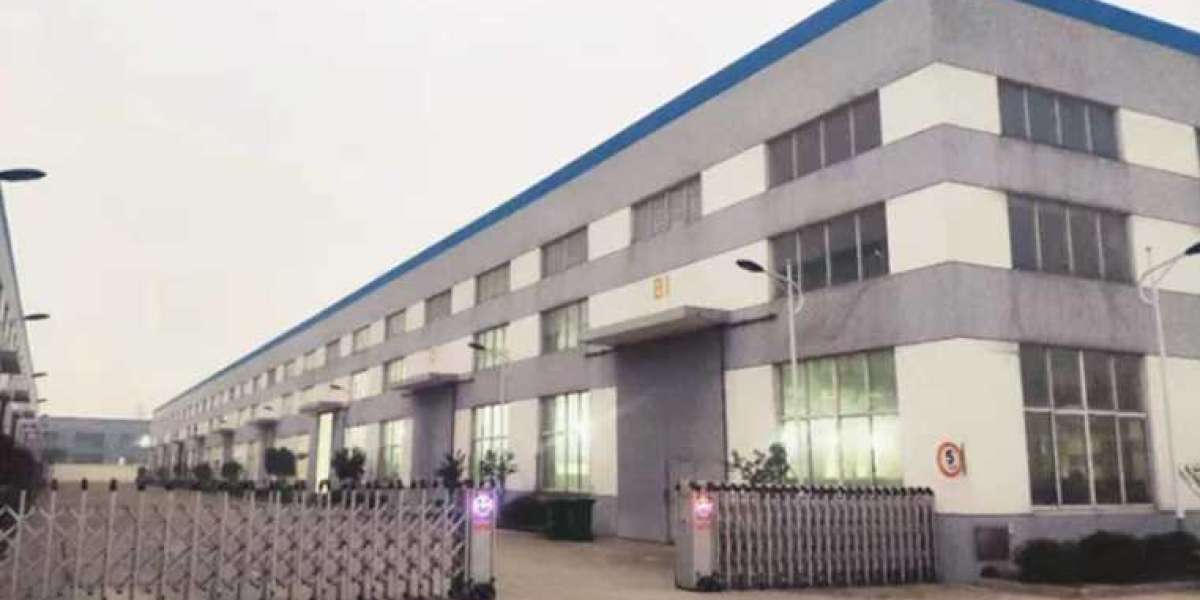In the world of international trade and logistics, the transportation of dangerous goods poses unique challenges. Ensuring the safe and efficient movement of hazardous materials is of paramount importance to protect both human lives and the environment. One innovative solution that has gained significant traction in recent years is sea-rail combined transport. BENMA LOGISTICS will explore the features and benefits of this mode of transportation, highlighting its role in enhancing safety and efficiency in global logistics.
Features of international sea-rail combined transport of dangerous goods
1. The Concept of Sea-Rail Combined Transport:
Sea-rail combined transport involves the seamless integration of two major modes of transportation: shipping and rail. It leverages the strengths of both modes to create a comprehensive and efficient logistics solution for the transportation of dangerous goods. This multimodal approach offers a range of advantages, including increased flexibility, reduced transit times, and enhanced security measures.
2. Safety Measures and Regulations:
Transporting dangerous goods requires adherence to strict safety regulations and protocols. Sea-rail combined transport ensures compliance with these regulations by implementing robust safety measures throughout the entire logistics chain. From specialized packaging and labeling to rigorous handling procedures, every step is carefully planned and executed to minimize the risk of accidents or incidents.
3. Intermodal Containerization:
One of the key features of sea-rail combined transport is the use of intermodal containers. These standardized containers provide a secure and efficient means of transporting dangerous goods across different modes of transportation. They are designed to withstand various environmental conditions, ensuring the integrity and safety of the goods throughout the journey. Additionally, containerization simplifies the handling and transfer processes, reducing the risk of damage or contamination.

4. Integrated Tracking and Monitoring Systems:
To ensure real-time visibility and control over the transportation of dangerous goods, sea-rail combined transport relies on advanced tracking and monitoring systems. These systems utilize technologies such as GPS, RFID, and IoT to track the location, condition, and security of the containers throughout the entire logistics chain. This level of transparency enables prompt response to any potential issues or emergencies, enhancing safety and minimizing disruptions.
5. Efficient Transshipment Operations:
Sea-rail combined transport optimizes transshipment operations, enabling seamless transfers between ships and trains. Specialized terminals equipped with state-of-the-art infrastructure and handling equipment facilitate smooth transitions, minimizing delays and ensuring the integrity of the dangerous goods. Efficient transshipment operations also contribute to reducing overall transportation costs and carbon emissions.
6. Environmental Sustainability:
In addition to safety and efficiency, sea-rail combined transport offers environmental benefits. By utilizing rail for inland transportation, this mode reduces the reliance on road transport, which is often associated with higher carbon emissions and congestion. The integration of rail and sea transport helps to mitigate the environmental impact of transporting dangerous goods, contributing to sustainable logistics practices.
7. Global Connectivity and Trade Facilitation:
Sea-rail combined transport plays a crucial role in enhancing global connectivity and trade facilitation. It enables the seamless movement of dangerous goods across different regions and continents, connecting major ports and inland destinations. This mode of transportation offers a reliable and cost-effective solution for businesses engaged in international trade, promoting economic growth and fostering global partnerships.
Conclusion:
Sea-rail combined transport of dangerous goods offers a comprehensive and efficient logistics solution that prioritizes safety, efficiency, and sustainability. By leveraging the strengths of both shipping and rail, this multimodal approach ensures compliance with safety regulations, enhances visibility and control, and reduces transit times. As the world continues to rely on the transportation of dangerous goods, sea-rail combined transport emerges as a vital component of global logistics, enabling secure and sustainable trade across borders.
https://www.benmaglobal.com/Features-of-sea-rail-combined-transport-of-dangerous-goods.html








